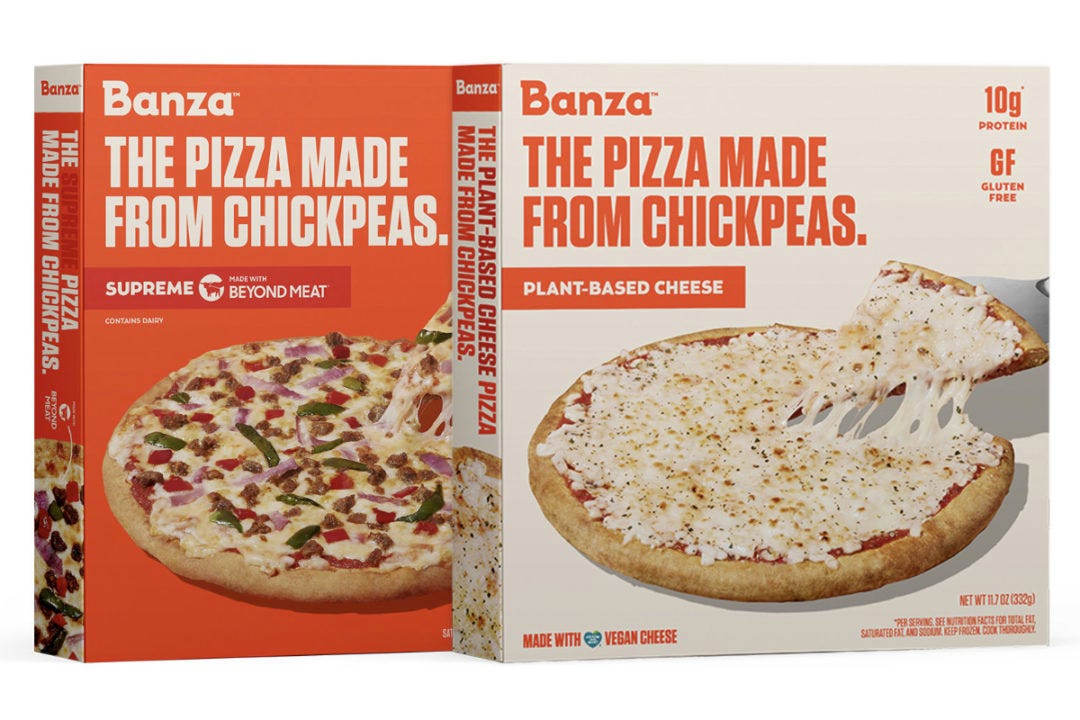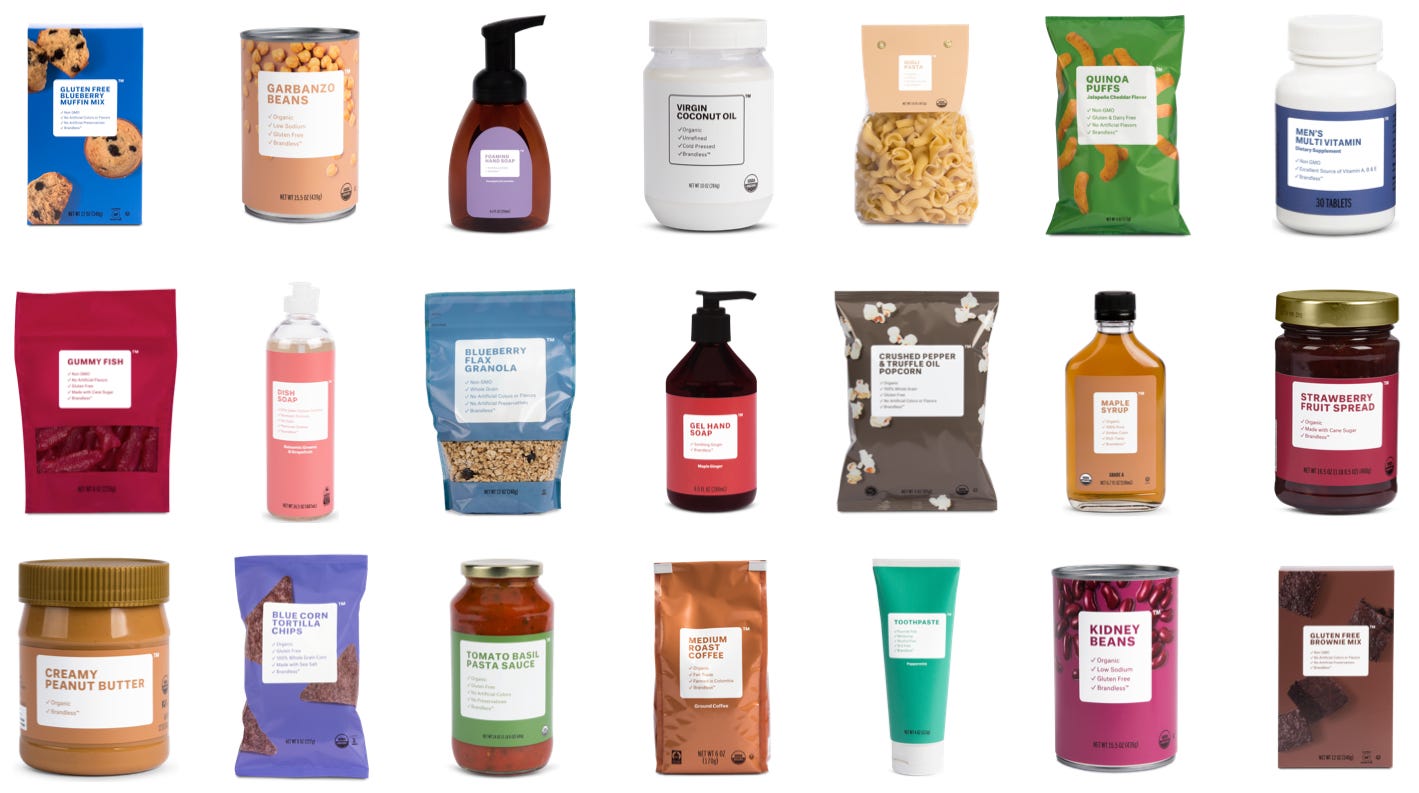The Product Line Conundrum
Why brands need to have a clear plan of where their brand is going while prioritizing the success of their original product.
Focus has been an issue I have dealt with constantly as a founder (and as a human being), I am always thinking about the next thing. One of my most vivid childhood memories was a second-grade quiz I had.
I started diving right into the questions without reading the directions.
While I was feverishly working on the quiz, my fellow classmates started to get up to play. It was safe to assume that I was confused about how they finished so quickly.
When I went to turn in the quiz, my teacher asked me to look at the directions, where it stated that this was a test about our ability to read directions and that we did not have to take the quiz and instead could go play.
Now looking back on that it does seem like a brutal mind game by an adult on a seven-year-old and I might need to invoice that teacher for my next therapy session, but the lesson is top of mind for me today…
It’s important to focus and solve one problem before moving on to the next.
Brands that win need to balance a level of focus with a sense of forward-thinking especially when it comes to their product line. They need to understand that achieving product-market fit with the original product is all that matters in year one, but that for them to fully recognize their goals as a company, future line extensions will be needed.
We speak to hundreds of brands at WeStock and most of them are very focused on a singular product, or ingredient, or category, but when you ask them what’s next, the plan is unclear. We also talk with brands that are launching multiple line extensions and new flavors within just months of going to market with their original product.
Let’s look at a brand that had its original product, but has now been able to expand into multiple categories and product extensions.
Very few brands have dominated over the past five years as Banza has. They took a stale and generally unhealthy product in dry pasta and made it plant-based. More importantly, they made it actually taste f*cking great! I mean seriously, if you have tried any of their products, you can tell the team is so focused on executing new products to a level that most brands just can’t keep up with.
More importantly, they launched to market with their original product, dominated that category…and then moved into new categories.
Now Banza has mac and cheese, pasta, pizza, and even rice.
Banza is an anomaly in many cases though since they do the one thing I often advise brands not to do, which is to focus their brand around a singular ingredient. This is usually the kiss of death for brands since it is hard to expand into multiple product extensions around just one ingredient.
Unless that ingredient is universal enough to succeed without you having to educate the audience on the ingredient.
Chickpeas work (Banza) and cauliflower works (Caulipower) because the ingredient is already accepted by most households, but brands that have to fight for consumers to understand the ingredient and the benefits of that ingredient are asking for a lot from the end consumer.
Banza focused on their dry pasta for years before going into new categories. They made sure they achieved high sell-through and they took sales away from well-established incumbents like Barilla. This empowered them to grow the brand outside of dry pasta and carry those shoppers over into different parts of the grocery store.
They already had a built-in audience, so when they started making pizza and mac n cheese, their loyal customers started to support those products as well. Best of all, shoppers who were exposed to Banza for the first time through new products could now become buyers of their original line as well.
This is the ideal way to approach product line growth, but unfortunately, a lot of brands rush this process.
This is can be a huge pitfall for brands as they tend to be obsessed with getting new products out into the market instead of finding product-market fit with their original product, achieving high velocity with that product, and then moving onto new products and categories. Don’t let your brand become the next Brandless.
You should only think about new products once you have achieved a high unit per week/per store/ per SKU sell-through in all of your key accounts. Line extensions should be about increasing same-store sales and growing your footprint in current accounts, not achieving new business.
New products are never going to fix slumping or flat company sales, they will only add fuel to already successful product sales.
Once you achieve product-market fit with your first product you are going to have so much creative flexibility when it comes to what your brand does next.
You should be planing for those future moves from day one especially when pitching to investors, but keeping in mind that executing on the first product is the only way to unlock your brand’s full potential.
I honestly can’t stop thinking about how messed up that quiz was now.




